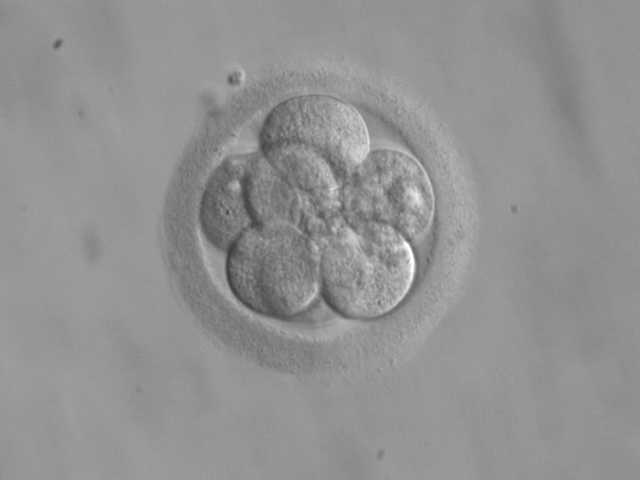|
|
|
|
| |
|
This
website is dedicated to babies who were conceived via assisted
reproductive technologies - mainly IVF and ICSI but also
other technologies such as GIFT & IUI. It's a celebration
of the miracle of their conception and birth as well as
an acknowledgment of the often long, hard road that their
parents took to get there.
It's
been 25 years since the first IVF baby was born. Since that
time the success rates have improved dramatically and IVF
and other ART related procedures such as ICSI have become
more accessible. IVF births now comprise around 1% of annual
live births in the US and up to 2% of annual live births
in Australia. While this is not an overly large number,
it does mean that many people now know or know of an IVF
baby in their social circle or family.
What's
on the site?
This
website offers a variety of information about pregnancy
and babies, both general information and information specifically
related to IVF pregnancies and babies. This information
is sourced from reputable sites across the net.
- We
also offer a growing list of links
to resources relating to IVF (research, protocols, directories
etc), pregnancy and parenting.
- We
provide articles about parenting
and pregnancy.
- Our
blog/news service
provides links to news and developments in IVF research
and other articles of interest.
- Our
resident writers contribute opinion
pieces exploring issues relevant to IVF parents.
- We
have a FREE email service - join
today for your own ivfbabies mail address!
- We
also have a new FREEBIE section
with FREE items such as blinkies for you to download
- Our
store sells
fun and unique IVF designs as well as regular baby clothing
and gifts
|
What
is IVF?

8 cell stage embryo
|
IVF
is short for in vitro fertilization - which literally means
"fertilisation in glass" (IVF babies are sometimes
referred to as "test tube babies", even though
fertilisation doesn't take place in a test tube). IVF refers
to a technique of assisted reproduction where the egg and
sperm are fertilized outside of the body to form an embryo.
This embryo is then transferred to the uterus to hopefully
implant and become a pregnancy.
|
|
The
technique was developed in the United Kingdom by Dr Patrick
Steptoe and Dr Robert Edwards. The first IVF baby, Louise
Brown, was born in 1978.IVF was originally developed to
treat infertility caused by blocked or damaged fallopian
tubes but has since spread to use in treating a wide variety
of fertility problems. The further development of ICSI (intracytoplasmic
sperm injection), where a single sperm is injected into
an egg, has helped many couples with male factor infertility.
IVF
protocols are adapted to suit the needs of each patient.Generally
patients may prepare for a cycle by taking medications to
ensure that ovarian stimulation can occur at the correct
time. Then the ovaries are stimulated by daily injections
to produce multiple eggs (during this time blood tests and
ultrasounds are used to monitor progress and determine the
best time for egg collection. A "trigger" injection
is administered to mature the follicle and eggs and these
oocytes are retrieved using an ultrasound guided procedure
around 36-38 hours later and a fresh sperm sample is collected
at the same time.
Fertilisation
takes place in the lab and 2-5 days later the fertilised
embryo is transferred into the uterus by catheter. Further
drug support is also given. Generally a pregnancy blood
test is taken around 15 days after egg collection or ovulation.
(read
more)
|
|
Latest
IVF news

Quick
Links
IVF
pregnancy information (betas, HPTs etc)
Free
email account
|
|

